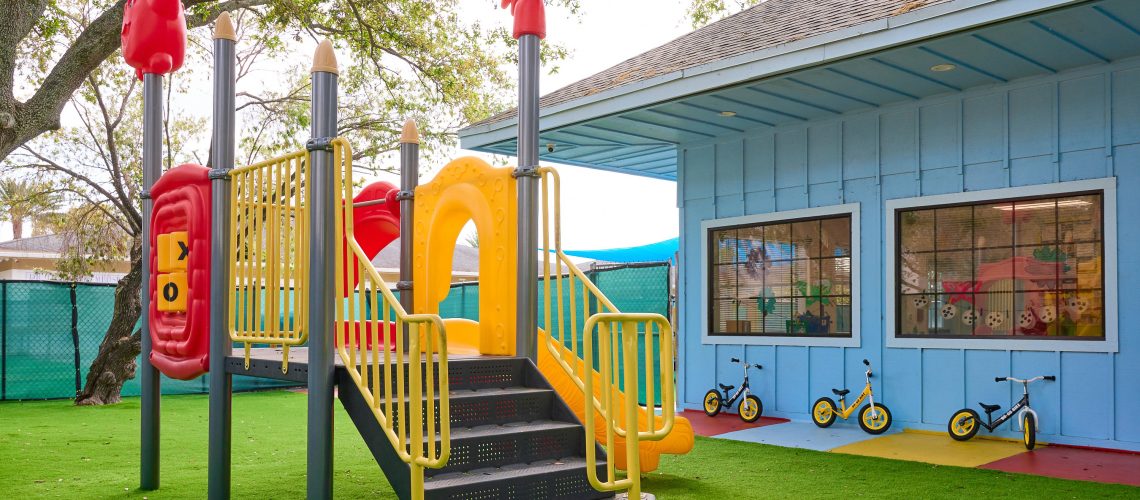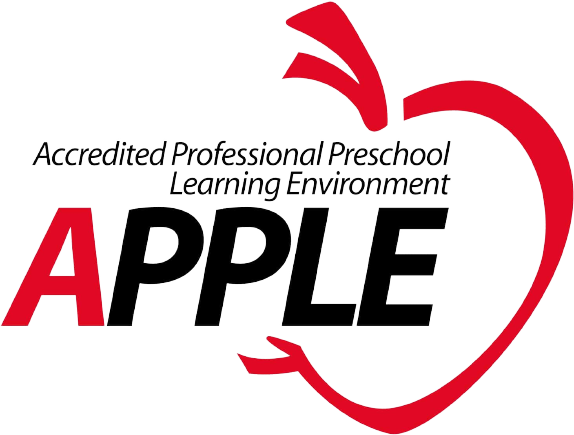Understanding Student-Teacher Ratios, Classroom Spaces, and Teacher Requirements
Hey there, fellow mom bloggers! Let’s dive into the nitty-gritty of Florida’s regulations for preschools. I gotta be honest, summarizing all those codes and laws in a blog post is no walk in the park, but I’ll do my best to break it down for you.
First things first, let’s talk about student-teacher ratios. According to the Florida Administrative Code, classrooms with kids under 1 year old should have 1 teacher for every 4 children. For 1-year-olds, it’s 1 teacher for every 6 kids. As they grow older, the ratios change, with 2-year-olds having 1 teacher per 11 children, 3-year-olds having 1 per 15, 4-year-olds having 1 per 20, and 5-year-olds and above having 1 teacher per 25 kids.
Now, let’s move on to classroom and playground sizes. The capacity of a classroom is determined by measuring the space from wall to wall, excluding bathrooms, closets, and attached furnishings. The general rule is 35 square feet per child. So, for example, a 400-square-foot classroom can accommodate a maximum of 11 children. As for the outdoor area, it should be half of the overall school capacity, multiplied by 45 square feet per child. That means if the school can handle 60 students, you’ll need a green space of 1,350 square feet (60 divided by 2, times 45).
Now, let’s talk about the regulations for teachers. Before they can work in a school, they need to go through a few screenings. They’ll need an FBI criminal screening from the Department of Children and Families. They also have to undergo a medical background screening to ensure they’re fit to work with kids. And of course, they must complete HIV and Child Abuse forms, because safety comes first! Teachers in preschool settings are required to complete a mandated course, consisting of 45 credit hours and a final exam, within a year of starting their job.
These rules and regulations set by the Department of Children and Families are there to protect our little ones and make sure everything runs smoothly. Quarterly inspections are conducted to ensure that all early childhood settings are following the codes.
Well, there you have it, moms! Florida’s regulations for preschools in a nutshell. Remember, it’s all about keeping our kiddos safe and providing them with the best possible environment to learn and grow. Let’s stay informed and follow the rules for the well-being of our little ones.
References: Frost, J. L., Wortham, S.C., & Reifel, S. (2008). Play and Child Development (3rd ed.). Upper Saddle River, NJ: Merrill.



